Knowledgebase
Kingshay's Knowledgebase - Cows
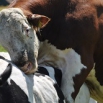
The average 100 cow herd loses over £18,000 per year due to poor fertility. Improving herd fertility is a huge topic and choosing the right service method for your syste...
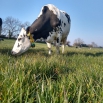
With the costs of purchased feeds at record levels, there has never been a more important time to challenge how much milk you can achieve from grazed grass. It is never ...
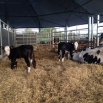
In dairy cattle twin births are undesirable and lead to reduced overall profitability and reproductive efficiency. The negative impacts of twins can include freemartin he...
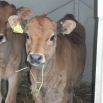
Twinning is undesirable as the stress of carrying two foetuses compromises the cow's energy balance, and this can lead to poor performance after calving. It is crucial th...
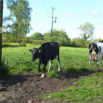
When we think of mastitis and summer, we generally think of the risk of infection of Summer Mastitis to dry cows and maiden heifers. However, this is not the only mastiti...
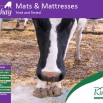
The Kingshay Cubicle Demonstration Unit has been allowing farmer members to test out different cubicles and mats and mattresses that are on the market since the first sec...
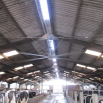
Good building ventilation is vital to remove the huge amounts of heat and moisture produced by cows every day. Failure to get it right can lead to heat stress and higher ...
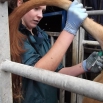
This insight explores how blood profiling can help you identify problems with the cows and the ration they are being fed - if interpreted correctly. Interpreting the re...
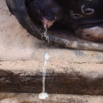
Good uterine health is critical to launch cows on a healthy, productive course after calving. Between 15 and 25% of all fresh cows and 80% of cows with retained cleanings...
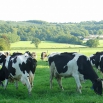
Mid season grazing management presents a challenge. While it’s easy to grow grass in spring, as rotations progress, grass quality diminishes if effort is not put in. Ma...
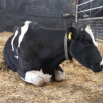
Milk fever (or hypocalcaemia) is a potentially fatal metabolic disorder where dairy cows experience calcium (Ca) deficiency. With the estimated economic cost per case bet...
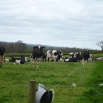
With the rise in feed costs in recent years, utilisation of forages has become increasingly important to reduce volatility and maintain profits. In May 2010, milk fro...
